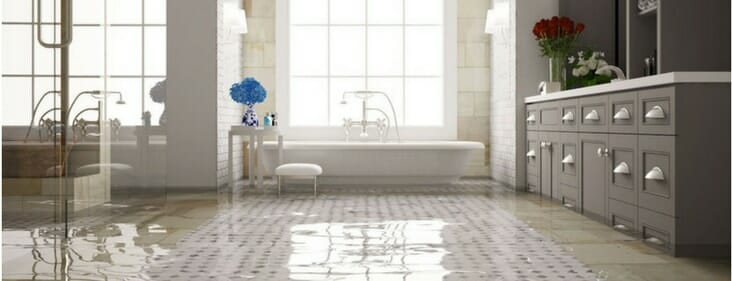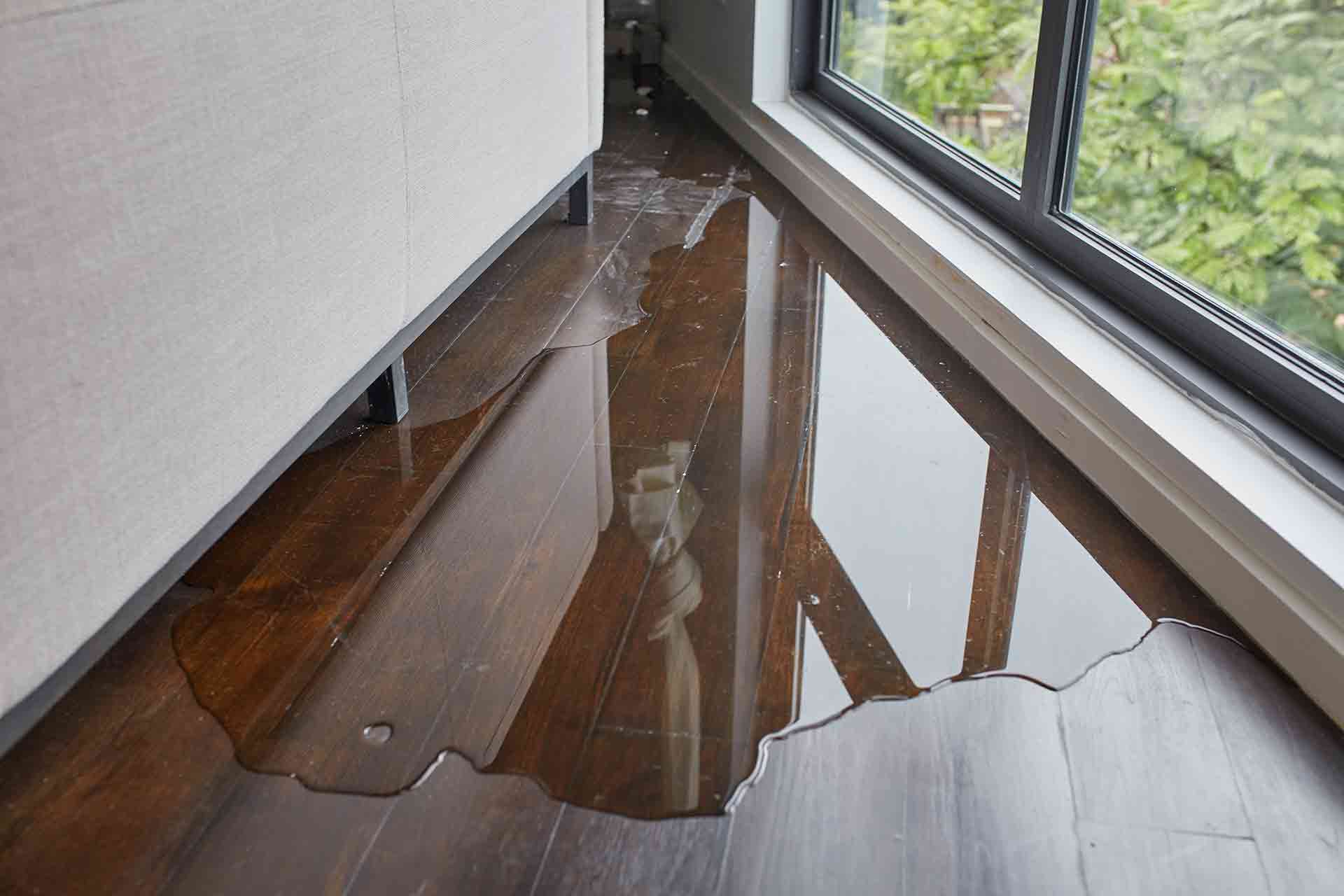Searching for Indications of Water Damage in the Bathroom
Searching for Indications of Water Damage in the Bathroom
Blog Article
This post following next on the subject of Common Causes of Water Damage in a Bathroom is totally informative. Don't miss it.

The bathroom is incredibly susceptible for damp build-up as well as prospective water damage because of the regular use of water in it. This short article provides easy evaluation methods to assist discovering water damage risks.
The frequent use of water in the bathroom makes it extremely vulnerable for moist buildup and also possible water damages. By checking it frequently, you can reduce water related damages.
The adhering to collection of examinations is simple to carry out and should be done as soon as in every 3 months in order to maintain your restroom in good shape and to stop possible water problems triggered by the bathtub, the shower, pipeline joints and also plumbing, sinks, cupboards, as well as the toilet
Do not forget executing these assessments as well as be comprehensive while performing them. Remember that these basic evaluations can save you a lot of cash by supplying early indicators for water damage
Bath tub as well as Shower
The shower and also tub require unique attention as well as maintenance. Examine the ceramic tiles and also replace if split. Make sure that there is no missing cement between the ceramic tiles. Evaluate and change cracked caulking at joints where the walls satisfy the floor or the bath tub. Blocked drains and also pipelines problems will certainly protect against the tub from drying and also might indicate severe problems underneath the bath tub. Speak with a specialist instantly to avoid architectural damage. Focus on discolorations or soft areas around the bath tub walls as they may indicate an inner leak.
Plumbing
Signs for water damages are hard to detect considering that the majority of pipes are mounted inside the walls.
Pay unique attention to flooring and wall surfaces moisture and spots as they might show an unseen plumbing problem. Check moisture levels in adjacent spaces too.
Sinks and also Cabinets
Sinks as well as cupboards are revealed to dampness and also moisture daily and are frequently neglected. Check on a regular basis under the sink and also on the kitchen counter over it. Fix any kind of drip in the catch as it might recommend drainpipe troubles. Look around the sink, slow draining pipes may indicate a blocked drain. Change sink seals if they are cracked or loosened.
The Bathroom
The bathroom is an at risk water joint. Examine the water lines as well as look for leakages around the commode seat, in the hose, and under the water tank. If you spot any type of indications of dampness on the flooring around the toilet, check for leakages in the toilet edge and storage tank seals.
Realize that hanging toilet bowl antiperspirants raises the chances for obstructions.
Water Damage Signs In The Bathroom To Avoid Cleanup
Musty smell
This is one of the easiest signs to catch because musty smells are so odorous. The damp, earthy, moldy smell should be a big red flag. The smell will develop when moisture gets trapped in surfaces, and begins to facilitate mold growth. Leaking pipes under cabinets, inside walls, and behind shower fixtures will cause moisture to stay trapped and not dry, which will lead to mold growth and spread. As soon as you notice any musty smells in your bathroom, have it checked for hidden water damage and cleanup signs.
Visible mold
If the smell isn’t there to give it away, sometimes you will actually see mold growth. Finding mold in your bathroom is a serious problem, because mold is very harmful to your health. By the time mold growth is visible, it also means that water damage has already occurred and been present for some time. The only way the mold problem can be resolved is to find the source of the moisture and get it stopped. To safely and adequately remove mold, you need to have professionals handle the remediation. Do not waste any time in getting mold problems addressed, fixed, and sanitized so that you can protect you and your family from the many respiratory symptoms caused by mold exposure.
Damaged floors
Bathroom floors should be able to withstand some exposure to water while still remaining in good condition. However, when excess exposure or water leaks occur, they will begin to damage even the most water-resistant flooring. If you notice any cracking, bubbling, staining, or warping on your bathroom floors, there is probably a water leak somewhere causing the distortion. If you notice areas of the floor have become softer, or even have a spongy feeling, there is probably damage to the subfloor. Subflooring is typically made up of plywood. When plywood is exposed to water or moisture, it will absorb it. Once it has become saturated, the weight of the excess water will cause the wood to swell and soften. Check the floors in your bathroom frequently to catch any of these sings before they lead to damaged subflooring.
Changes on walls
When water leaks behind walls, it will cause changes in the drywall. Peeling plaster, blistering paint, and soggy wallpaper are all good indicators that excess water is building up behind the wall. Water leaking behind drywall will cause it to swell and be soft to the tough. If you start to notice gaps along the trim of your walls, or where tile meets the wall, it could also be a strong indicator that there is a leak behind the wall. Any changes, distortion, or damage on the walls should be evaluated as soon as you notice it to prevent further water damage and cleanup.

I was made aware of that write-up about Preventing Water Damage in the Bathroom from someone on another web page. Feel free to set aside a second to distribute this entry if you liked it. We cherish reading our article about Preventing Water Damage in the Bathroom.
Book Service Now Report this page